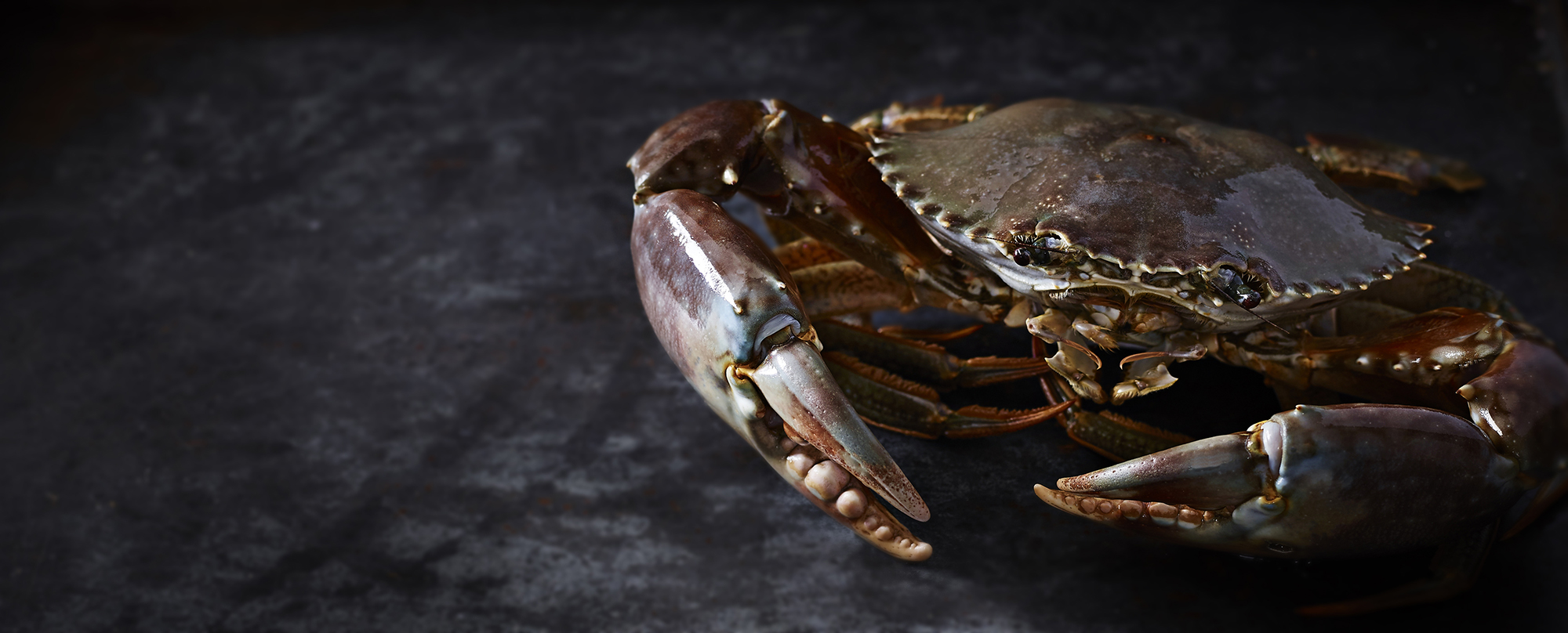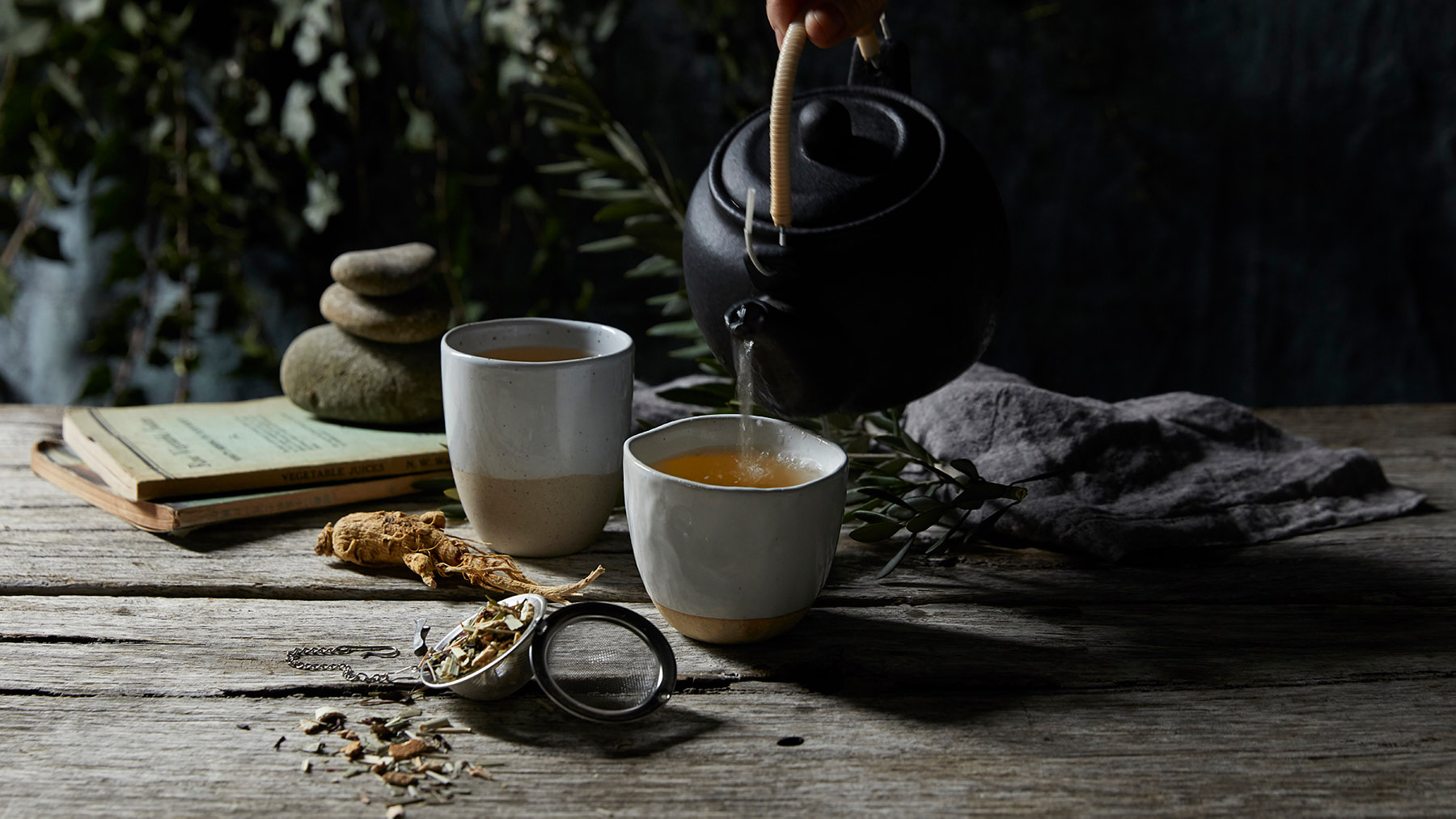Dark food photography is a great way to switch up your style and capture your food in a new light. While many food photographers focus on capturing images of foods on light backgrounds, the opposite can be great as well, and may even enhance the colours and contrast better than light photography. Dark and rustic food photography is a great way to stand out from everyone else. If you’re looking for a food photographer to bring the best out of your food, call Brent Parker Jones. With years of experience behind him and a completely fitted out studio, he can capture images of your food or product that will impress your customers and viewers. Talk to Brent today about dark food photography for advertising, marketing, cookbooks, blogs and more. Call now on 0419390765.
Dark Food Photography

3 Tips for Dark Food Photography
Brent’s Melbourne studio has everything he needs to take great photos of food, wines, desserts and more. From a fully equipped kitchen and photography studio to a prop library with thousands of props, you can craft the way your cheese or desserts look down to the finest of details. Regardless of whether you’re coming with ideas or you have no idea what to expect, Brent can work with you to generate great results. Book a consultation today.
1.Use Dark Props and Dark Backgrounds
In dark food photography contrast is everything. While you’ll be using darker coloured props and backgrounds, the whole point is to make the main subject, the food, really pop. Choosing muted colours, matte finishes and lightly textured backgrounds with rustic feelings can all help to create a contrasting backdrop for your food without taking away from the subject itself. Try to balance the detail in the background with the main subject, complementing the food rather than distracting from it. Wood, stone and dark materials are great for this.
2.Light is Your
Friend
Just because it’s known as dark photography doesn’t mean it has to be completely dark. It’s the light that brings out the colour, draws attention and keeps the focus where you want it to be. It’s good practice to have something in the frame with brighter colours, and to focus attention on that using light. People’s eyes are naturally drawn to light and colour. You can use this to your advantage to bring your audience’s eyes to a specific part of the image, capturing their interest and keeping it there.
3.Post Processing Can Make or Break Your Photo
Unless you’ve positioned your lighting perfectly, you’re going to need to edit your photos in post. Instead of changing the entire image by increasing the overall exposure and saturation, making small, isolated adjustments will get you far better results. Start by pinpointing the areas you want to bring out or reduce, and increase or decrease the exposure there. Then change the colours of your background and your subject, slowly and carefully. Warm colours will bring parts of the image more into the foreground, while cool colours will send parts into the back. Using these tools, you can shape your image the way you want it, and give your viewer the best experience.


Get Impressive Dark and Rustic Food Photography for Your Business
Whether you’re writing a cook book or delivering a global advertising campaign, Brent Parker Jones can work with you to get you the results you’re looking for. He’s worked with businesses and individuals across the world, creating impressive images that capture the attention of your audience. Regardless of whether you’ve done food photography before or it’s your first time working with a food photographer, Brent will work with you every step of the way to achieve the results you’re looking for. Contact him today on 0419 390 765 to book a consultation for dark and rustic food photography.


